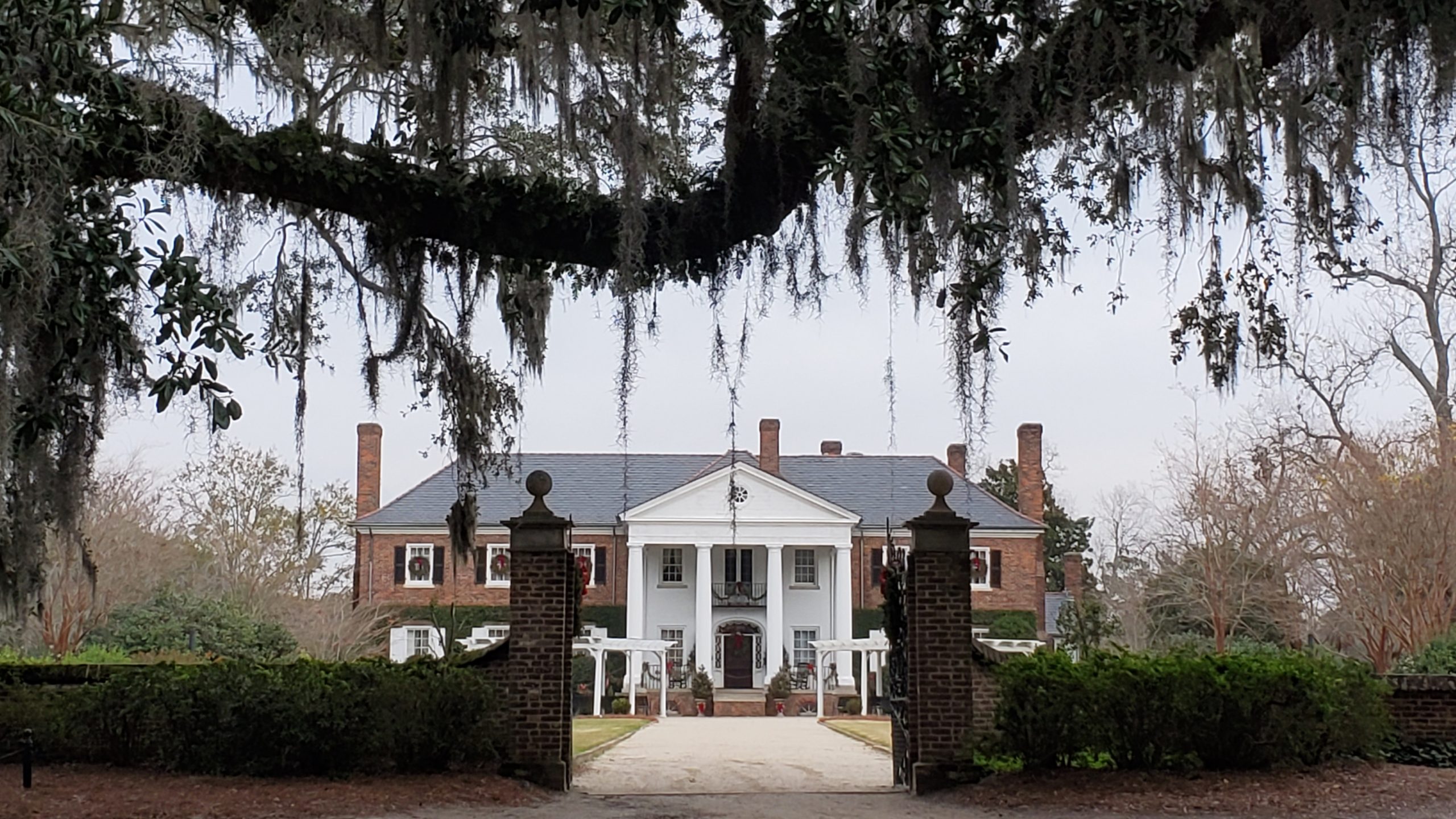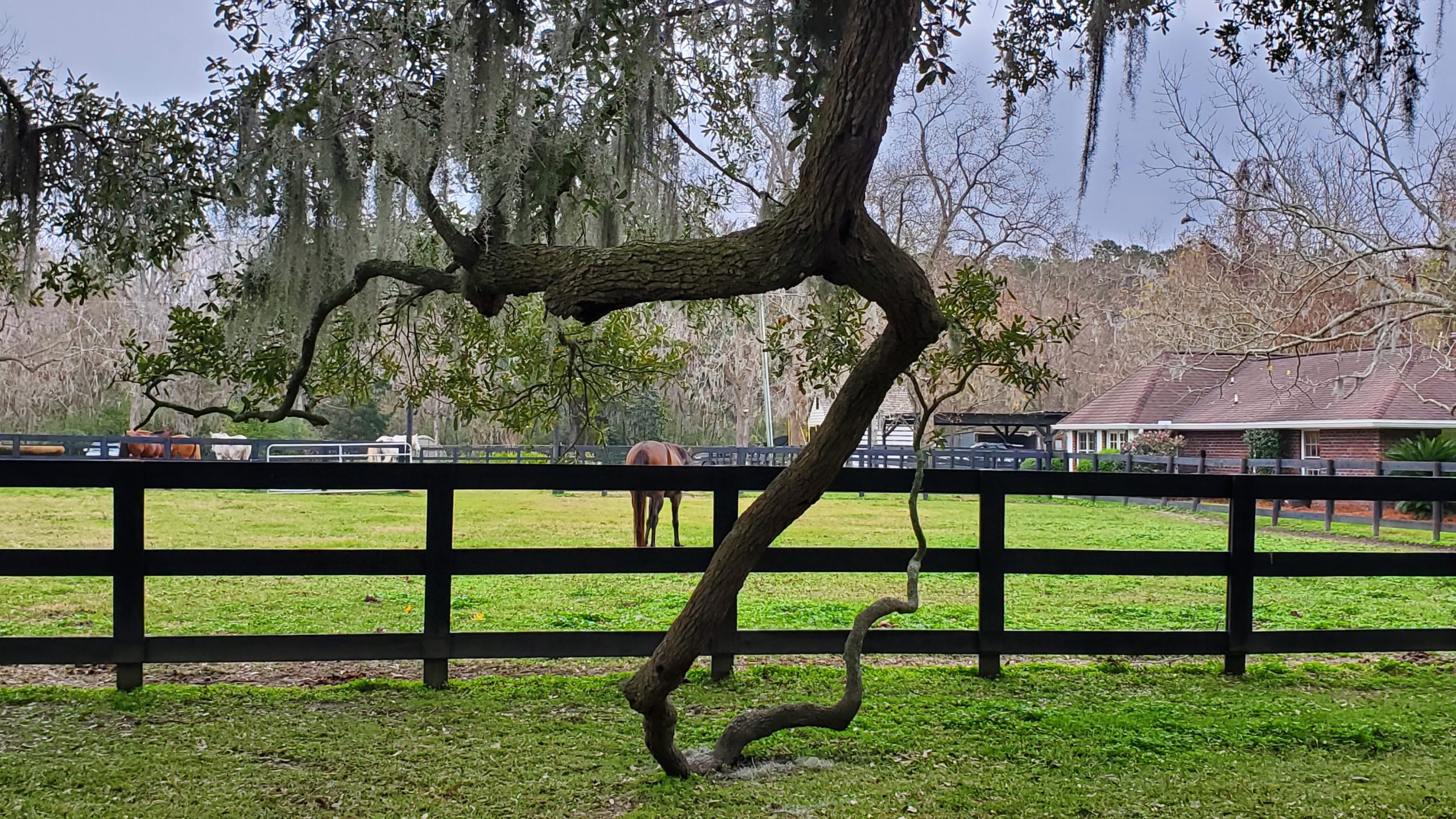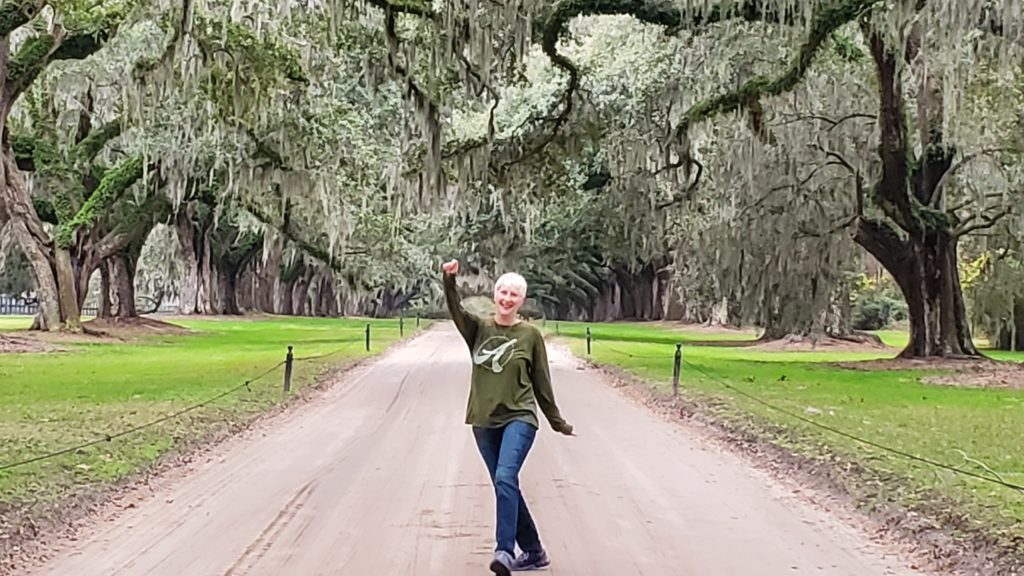338 consecutive years is how many the Boone Hall Plantation has been producing some sort of products. Originally founded in 1681, the plantation began growing indigo and was quite successful until about 1776. Since England was the biggest importer of the indigo, demand halted abruptly! The plantation remained in the Boone family for several more years until two German brothers purchased the farm.
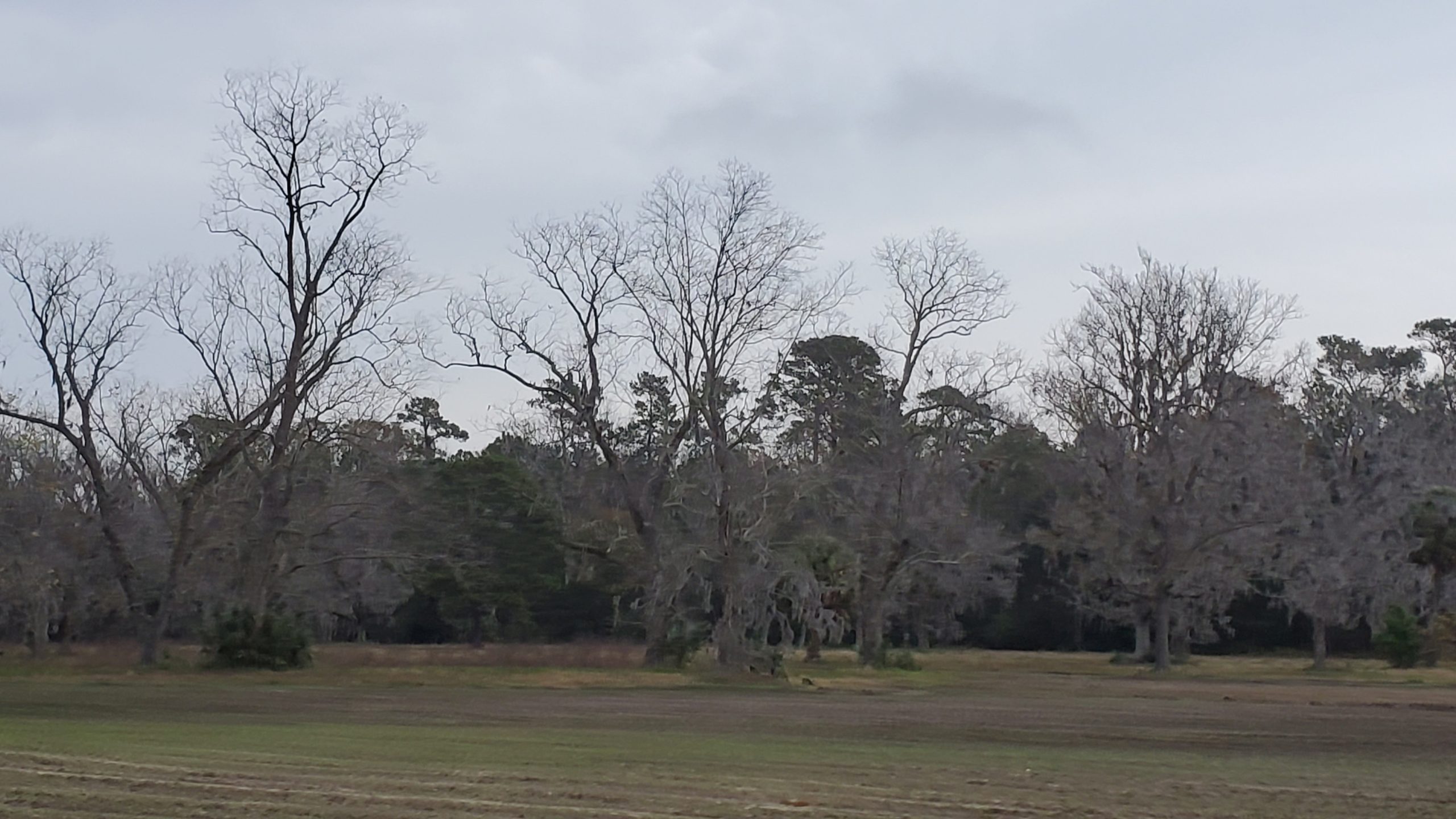
The property is surrounded by many water ways, and the Germans saw a new opportunity. The mud from the river and creeks were excellent for making bricks. The brothers flourished, producing up to 4 million bricks in one year. Their bricks can be found in many of the historic homes and other buildings in Charleston, as well as used to build Fort Sumter. They also began planting cotton and pecan trees, becoming the largest producer of pecans in the country.
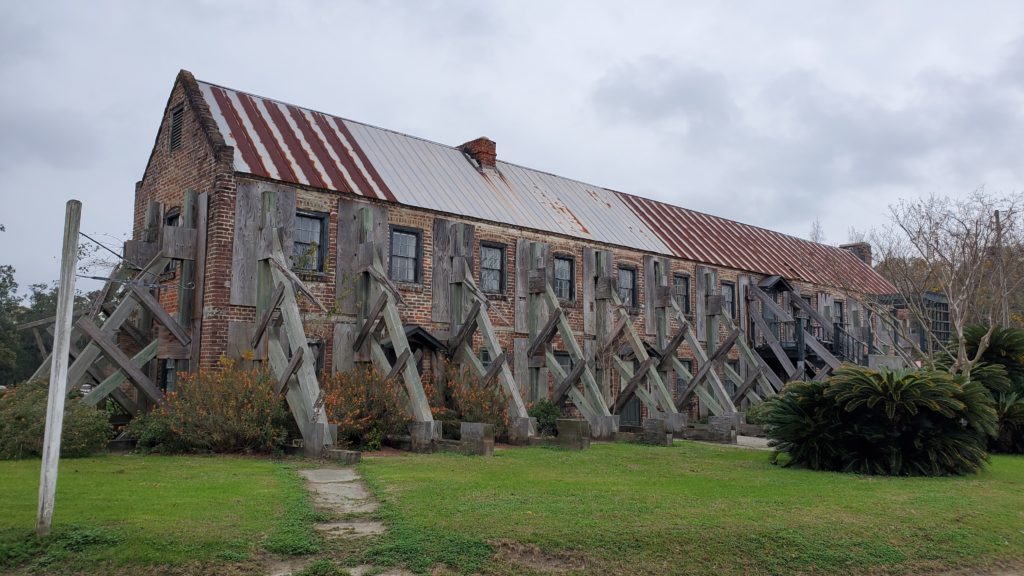
The plantation would change hands a few more times until a Canadian couple, the Stones, purchased the land in 1935. Previously, there had been two old cabins on the property, long lost. The farm house stood for 150 years until the Stones replaced it in 1935 with the existing mansion. Fortunately, they salvaged much of the wood from the farmhouse and incorporated it into the mansion. Today, the McRae family own the property after purchasing it in 1955. It has shrunk from 4,200 acres to 738 and is now known for a wide variety of farm-to-table produce.
During our visit, we toured the mansion, took a wagon ride around the farm, visited the nine remaining slave brick homes, and walked the Avenue of Oaks. We heard from a storyteller about the Gullah culture, which I found very interesting. The oaks are the most photographed trees in the state, if not the country. Thomas Boone, son of the original owner, began planting them in 1743. They are breathtaking and magical.
